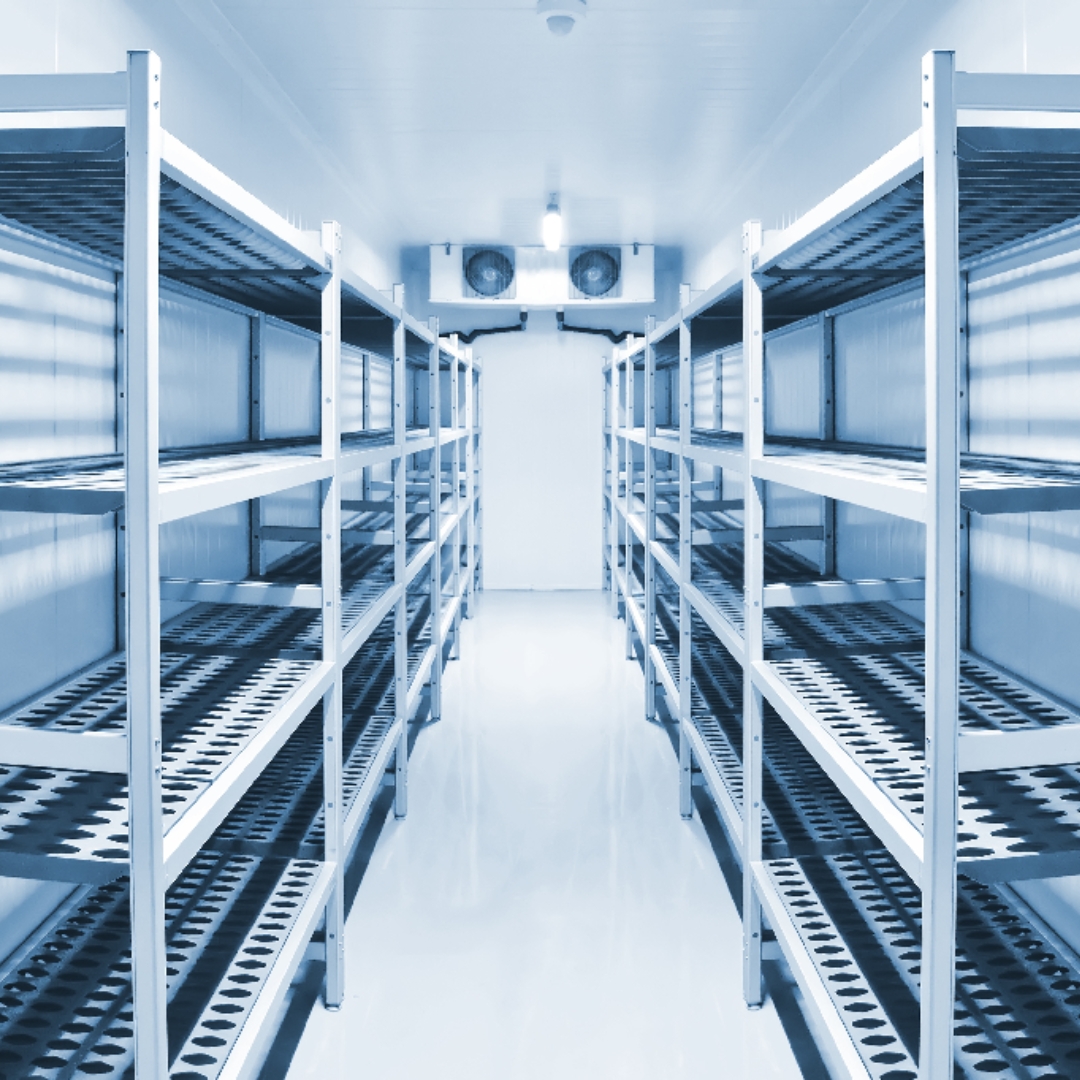A Deep Dive into Coolroom Hygiene
Cool rooms are the unsung heroes of the culinary world, silently preserving the freshness and safety of perishable items. But over time, the surfaces and fan coil unit equipment within cool rooms can deteriorate, leading to hygiene risks such as dirt buildup, mould growth, and bacterial contamination. This poses a significant threat to food safety and public health.
In adherence to Food Safety Standards, it’s imperative to store, display, and transport potentially hazardous foods at safe temperatures. This not only applies to food preparation but also extends to the safekeeping of these foods. The guidelines specify that safe temperatures are at 5°C or colder or 60°C or hotter. These temperature ranges are crucial for preventing the proliferation of food-poisoning bacteria that may be present in the food.
Food-poisoning bacteria have the ability to multiply rapidly within a range of temperatures between 5°C and 60°C, aptly termed the “temperature danger zone.” Interestingly, the most rapid rate of bacterial growth occurs at approximately 37°C, which is coincidentally the temperature of the human body. Therefore, maintaining safe temperatures is fundamental to food safety.
To comply with Food Safety Standards, those involved in the preparation, handling, or sale of potentially hazardous food are required to have a thermometer on hand. This instrument plays a pivotal role in ensuring that safe temperatures are consistently upheld, providing a critical safeguard against food borne illnesses.
The Three Challenges of Mould Growth:
Mould growth within cool rooms can be attributed to three primary reasons:
- Ingress of Mould Spores: Mould spores find their way into cool rooms through various means, including airborne transmission, goods delivered into the space, and even on personal clothing and vehicles such as trucks and forklifts.
- Recirculation by Cooling Equipment: The cooling equipment in a cool room inadvertently recirculates mould spores by drawing them into the cooling coils and expelling cooled air back into the room.
- Proliferation within Fan Coil Units: Mould can thrive and multiply within the fan coil units, on the cool room surfaces, and on storage racks.
As a part of our comprehensive cool room cleaning services, we take meticulous wind speed and temperature measurements both before and after the cleaning process. This practice serves a specific purpose: to gauge whether our cleaning efforts have positively impacted wind speed within the cool room by removing buildup and grime.
The initial measurement of the fan unit’s temperature is a critical component of our preventative cool room cleans. It allows us to evaluate the airflow dynamics inside the cool room, a vital element in maintaining consistent temperature levels.
Subsequently, once our cleaning service is concluded, we repeat the temperature assessments to confirm the efficacy of our work. Our primary goal is to observe an increase in wind speed, which in turn enhances the circulation of airflow within the cool room. This optimisation is instrumental in maintaining temperatures at a controlled and safe level, aligning seamlessly with the core principles of food safety and the standards set forth by the Food Safety Standards.
Jaymak’s approach, which includes ATP testing and temperature monitoring to assess the cleanliness and safety of surfaces and effective cleaning. As we navigate the challenges of our ever-changing world, our focus on food safety remains, ensuring that your cool rooms maintain certified standards of hygiene, safeguarding not only your business but the health and safety of all those you serve.
Comments are closed.

